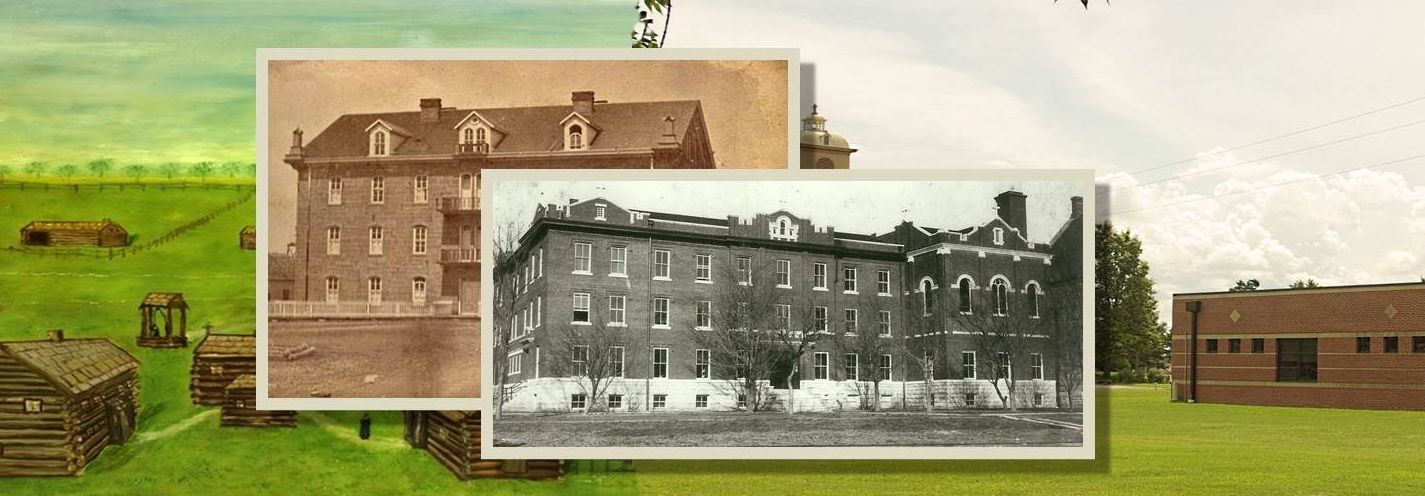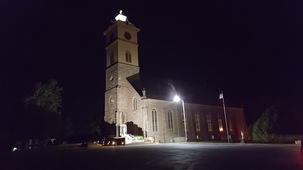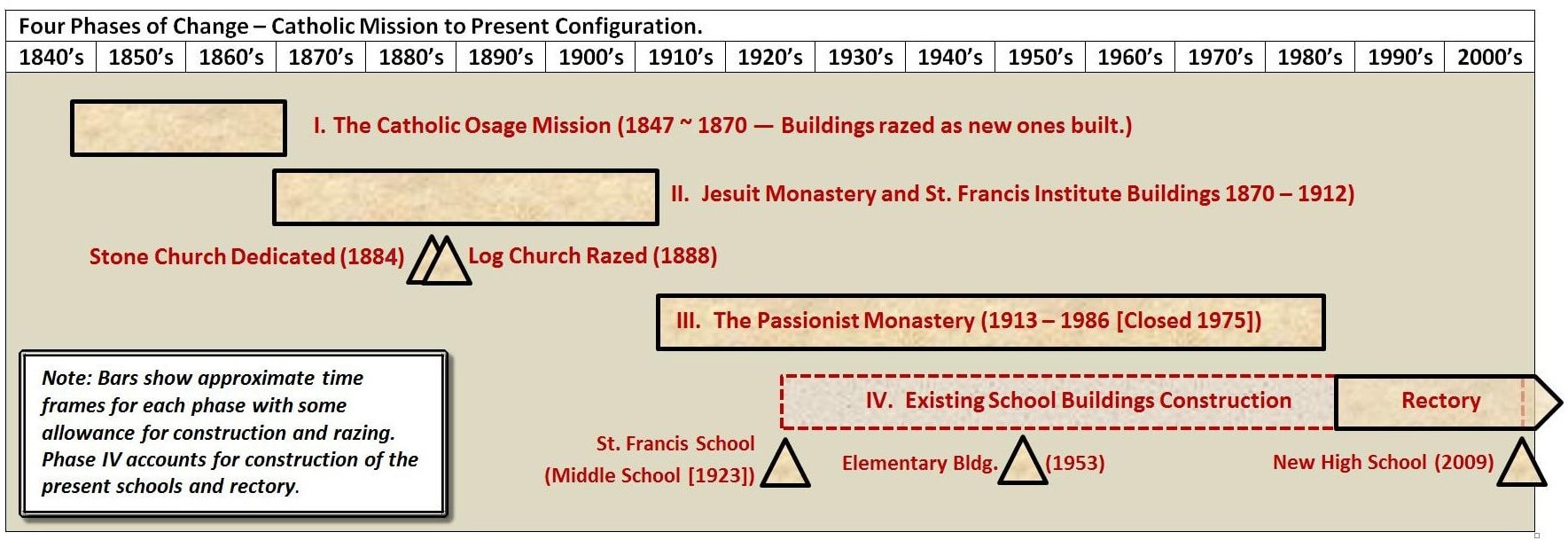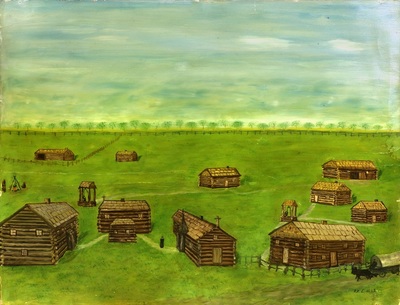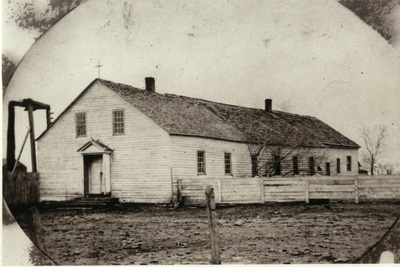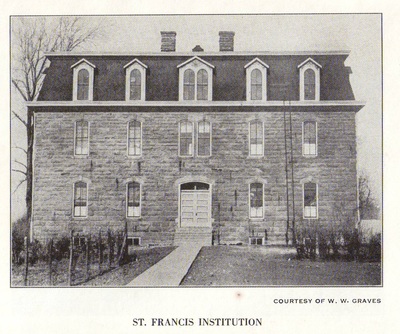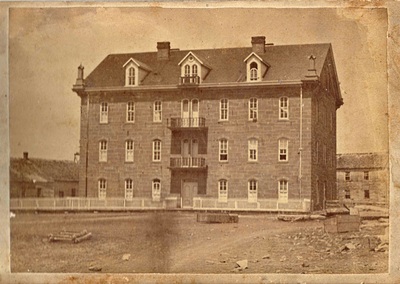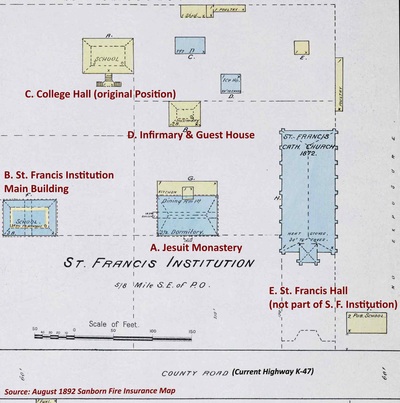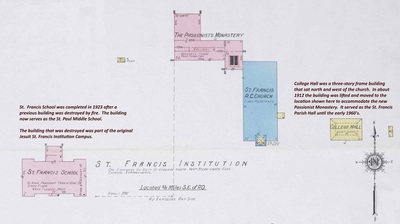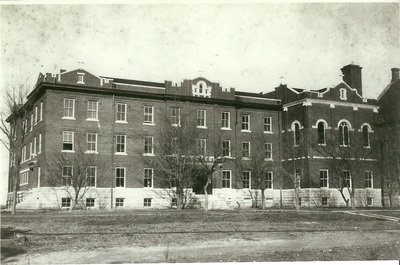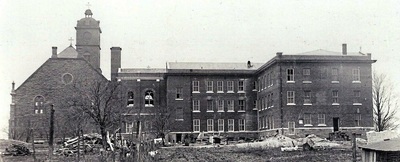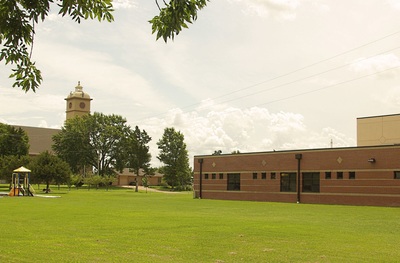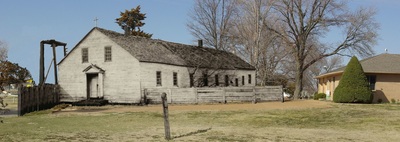It has always been there. When you live in or around St. Paul, Kansas, the big stone church has been there as long as any of us can remember. But older parishioners remember a time when it was different—spiritually different. We remember the Passionist era with the priests, brothers, students, solemn processions and the monastery choir. We had our own small slice of Rome here in St. Paul, Kansas, and we took it for granted.
— But now it is gone and we miss it.
— But now it is gone and we miss it.
